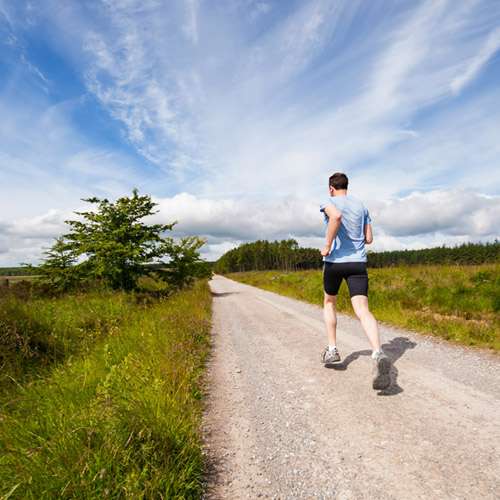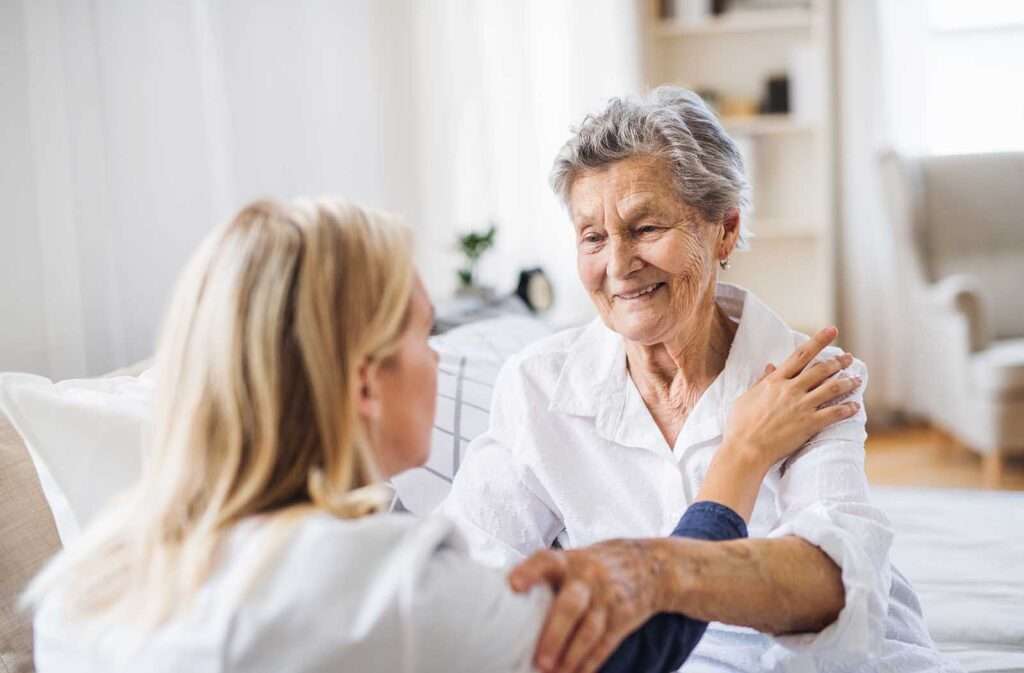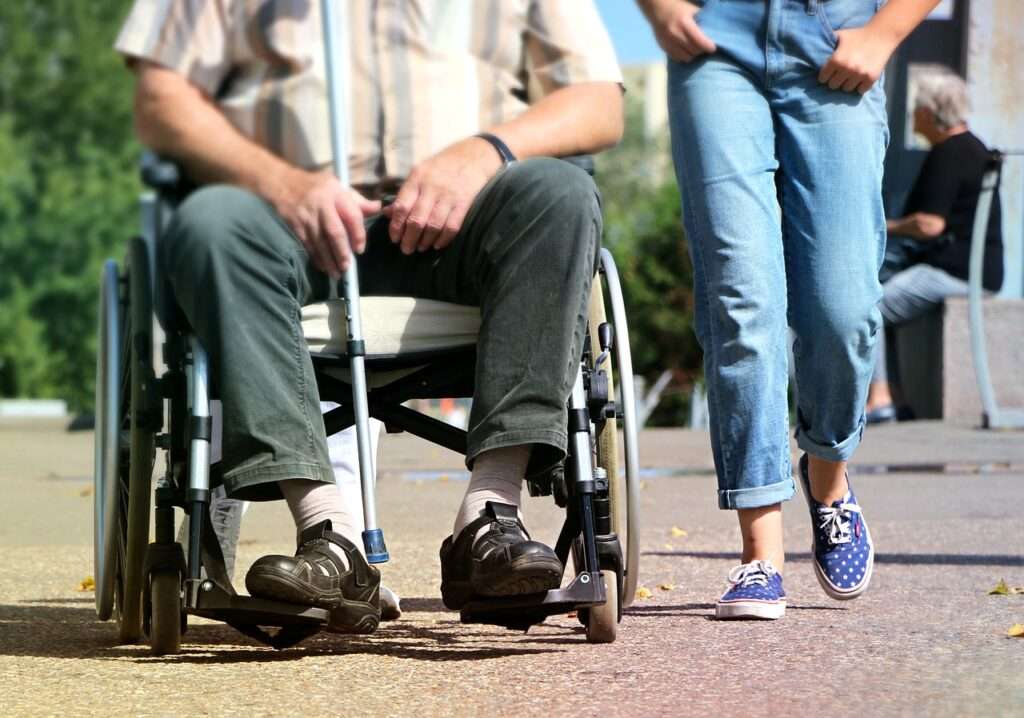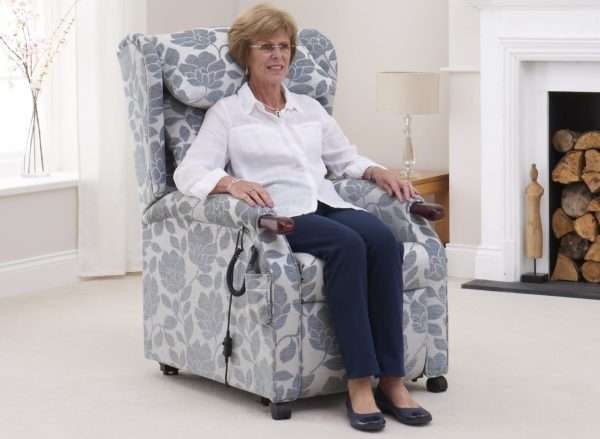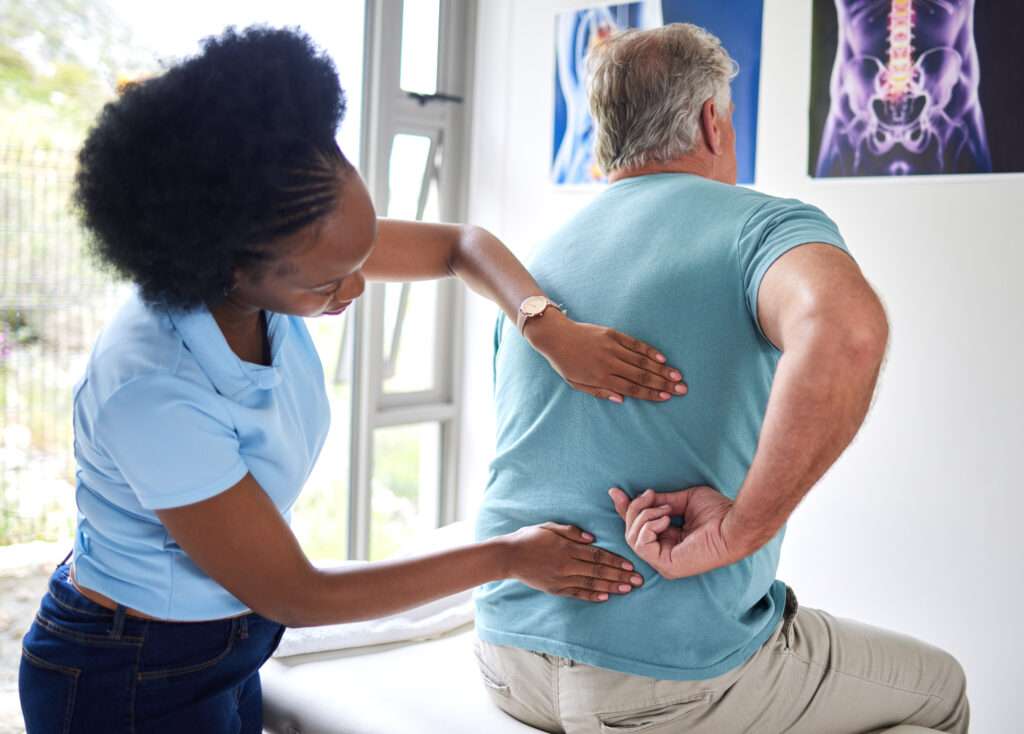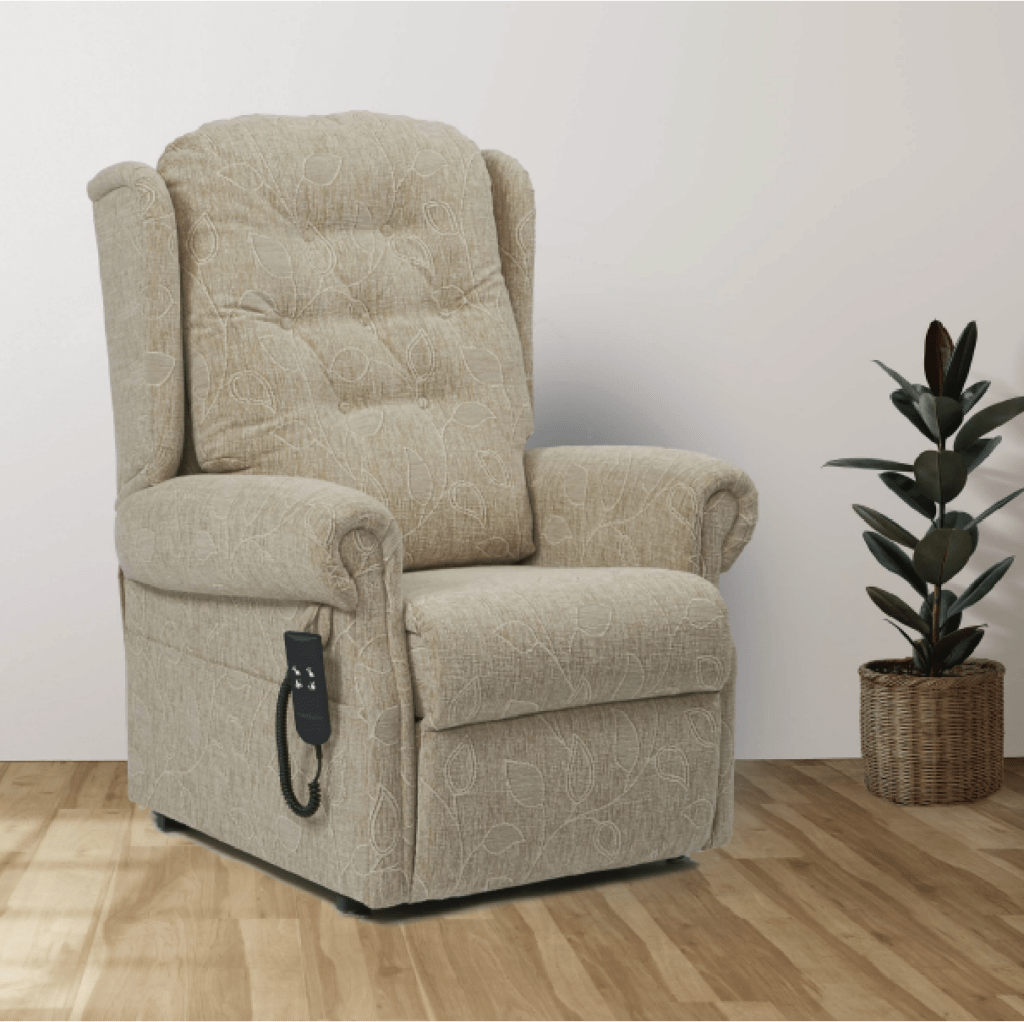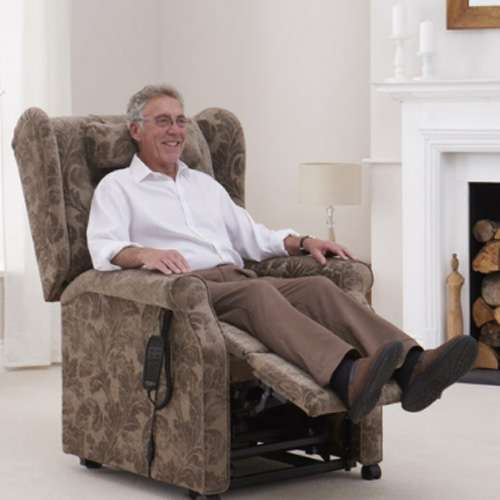Staying fit and active is important for everyone’s physical and mental health. For some, retirement and old age are associated with a slower pace of life. But regular exercise is vital for maintaining a healthy body and mind as we age!
In the UK, lockdown procedures are starting to ease after the Coronavirus (COVID-19) outbreak. However, many older people are still understandably concerned about going out in public. Here are some tips for carers and relatives to help older people to stay active whilst continuing to isolate or follow strict social distancing.
Jump straight to…
Why is keeping fit important for older people?
As people get older, muscles start to lose mass and strength. Bones also start to weaken and become more prone to breaks. Regular physical activity helps to slow down age-related bone and muscle weakness.
This makes it easier to keep living independently.
Without regular exercise, everyday activities like getting out of bed, walking to the kitchen to make a cup of tea, or going to the local shop can all become more challenging.
Exercise is linked to a lower risk of health conditions
Research shows that regular activity can reduce the risks of serious health conditions, including:
- Diabetes
- Heart disease
- Stroke
- Dementia
It makes you feel good
Physical activity is also a scientifically proven mood booster! It releases endorphins which help you to feel happier and more energised.
At a time where a lot of elderly people have had their daily routines changed dramatically, exercise can provide structure to the day. It creates something positive to look forward to and gives back some sense of normality.
To get the full benefits, the NHS recommends 150 minutes of physical activity per week for over 65s.
Ideally, this should include cardiovascular, strength, and flexibility exercises. Learn more about the best types of exercise for older people in this exercise in retirement guide.
How can I help an older person to stay active?
Helping someone to understand the importance of exercise for their health can be a big step towards encouraging them to be more active!
But what practical things can you do to help an older person exercise?
Often, it’s not that someone doesn’t want to exercise they just aren’t sure where to start. Even those who normally like to go for long walks or attend Pilates classes are likely struggling to find ways to keep active right now.
So, here are some simple tips to help older people to exercise in the garden and at-home:
Tips for garden activities
For those lucky enough to have a garden, now is the time to make the most of it!
Spending time outdoors is linked to its own health benefits. So, combining time outside with some physical activity is ideal for older people.
Make sure the garden is safe
First things first, you’ll need to make sure their garden is a safe space for exercising.
If they ordinarily only use the garden to sit and relax, or if it hasn’t been maintained for a while, then it might not make the ideal exercise studio straight away!
Remove any trip hazards, cut the grass, and clear an area where they can move around freely.
Some help with basic gardening is a great way to show your support. They can stay indoors whilst you work to maintain social distancing. If you don’t live close enough to help out yourself, try asking a neighbour or hiring a local gardener. Many are returning to work and will be more than happy to follow some extra safety precautions.
Make sure the garden is accessible
You also need to make sure they can easily access the garden. Ask them how often they currently use it and if they have any difficulties getting outside. This should help you find out if they need more support anywhere.
If possible, visit them at home to check they can get in and out safely. A visit lets you see that they are steady on their feet and ensure that any steps and slopes are stable.
Sometimes, people don’t admit to having problems because they’re embarrassed or just don’t see it as an issue. But people over the age of 65 are at a higher risk of falling, so it’s worth double-checking anything that could cause injury.
If after doing this you are worried about accessibility, then an access ramp can provide a quick and easy solution.
The kind of ramp needed will depend on the garden’s entrance — you can learn more in our guide to choosing an access ramp.
We also have our very own mobility specialist in-house. He’s been doing home assessments for ramps for decades, so please get in touch with any questions.
Garden exercise ideas for older people
- Walking — We’ve all heard the brilliant story about Captain Tom raising over £30 million for charity by walking around his garden. Well, walking is a great way for the elderly to keep fit. It’s simple and there’s no equipment needed. Just plan a route around the garden and off you go.
- Gardening — If your relative or client is green-fingered then they might be pleased to hear that gardening itself can be great exercise! Weeding, cutting the grass and raking leaves all get the body moving.
- Swingball — Looking for something a little bit different? Try gifting them a swingball set! This one-to-two player game requires upper body strength and hand-eye coordination to hit a tennis ball around a post.
Tips for staying active in the home
If they don’t have a garden, don’t worry. There are still plenty of things you can do help an older person stay active around the house.
Set up a dedicated workout area
Having a defined area of the house for exercise can really help someone to get into the right mindset.
It doesn’t have to be a large space. Anything from the spare bedroom to a corner of the living room will do just fine.
If you’re already visiting their home to provide care or drop off shopping, then you could clear this space for them. Alternatively, why not suggest they set up a workout space on your next call?
Help them to access online classes
There are thousands of virtual exercise classes taking place online every day. Not only can this help older people to stay active, it can provide some much-needed social interaction.
The government’s 2019 internet users survey found that 83% of people aged 65 — 74 now use the internet. A further 47% of people aged 75+ are also now online.
With more older people using the internet, now is a great time to introduce them to online classes!
Take some time to explain how to find and access classes. A top tip is to bookmark their favourite websites for them, so they don’t have to search for it every time.
The best classes will depend on their individual interests and level of mobility. But we’d recommend trying dance, yoga, Pilates, seated exercises, or Thai Chi to begin with. These are all proven to be effective for older people.
Get some specialist exercise equipment
As long as they have enough space and good mobility levels, there’s no reason older people can’t use home gym equipment.
Dumbbells, exercise balls, and treadmills are all used by plenty of people over the age of 65! However, not all older people will have the strength, flexibility, or stamina for this.
In these cases, it may be worth investing in some equipment specially designed for people with limited mobility.
Home exercise ideas for older people
- Chair exercises — Gentle, seated exercises are good for stretching and can form a key part of any exercise routine. The NHS provides some great examples of chair exercises.
- YouTube exercise classes — We’ve already touched on the benefits of online exercise classes for the elderly. YouTube is always a good place to look for free resources! Try this 10-minute workout for seniors to get started.
- Chair squats — A little bit different to the seated chair exercises, this uses a chair to support squatting exercises. It’s great for building and maintaining strength in the lower body. Over time, it can make sitting down and standing up much easier!
We hope this guide has highlighted the importance of exercise for older people and given you some tips to help them stay active whilst staying safe at home. Got any other advice for keeping fit later in life? Let us know in the comments! We’d love to hear more about what works for other people.





